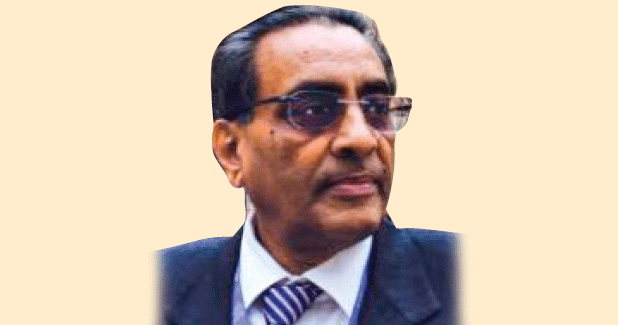
Differential rates of RTO tax and entry tax is a major challenge
How do you visualize the market for heavy crane rental?
Large number of heavy cranes has entered the market. Companies like Reliance have purchased their own cranes. As such rental would be very difficult when infrastructure development commences within next six to nine months. However, the returns will not be as good as expected on the cost of such cranes.
Could you please outline three priority actionable areas needed to revive the market?
All three areas are government related. One is the service tax earlier 12.36 percent and 14 percent with effect from 1st June 2015. Hirers have to charge the tax in their bill but have to pay upfront. However, the customers do not pay. We have requested our Finance Minister whom we met before the budget, that the service tax liability should be transferred to the service receiver instead of the provider. This would benefit the government because most big service receivers are already in the service tax net. By this nearly 1 Lakh service providers will be free from this burden like the transport segment who had agitated much earlier. As a result the service tax liability has been transferred to either the consignor or consignee using road transport. Our request is still pending resolution by the government.
Second area is different RTO and entry tax rates in the various states. It is very high in Rajasthan at Rs 1000 per ton per month calculated on machine weight! Similarly these taxes in Andhra Pradesh and Karnataka are exorbitant. Although the government is trying the states should also understand that in the absence of heavy cranes big infrastructure project in their states will not be executed because crane owners are not willing to send their cranes to such states.
The third point is the issue of charging VAT in some states. They insist on charging VAT in addition to service tax. Governments should resolve this issue.
Why India cannot change to dry rental?
We cannot trust the customers in dry rental for reasons of operational misuse, risk of accidents and such adverse factors. DL attracts lease tax 4 to 5 per cent. Right of use attracts VAT.


 +91-22-24193000
+91-22-24193000 Subscriber@ASAPPinfoGlobal.com
Subscriber@ASAPPinfoGlobal.com